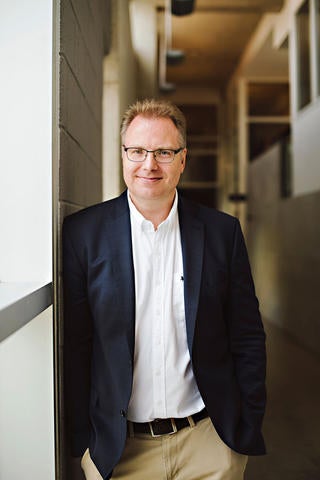Innovation is known most simply as creating something new. At the Water Institute, we refer to innovation frequently, as we know that new ideas, approaches and technologies are key to significantly advancing water research for the betterment of the environment, economy and society. We understand, however, that the path to innovation is much more complex, and at times more mundane than the simple definition allows. It is the consistent and rigorous dedication to the seemingly small things – from taking the time to involve experts from other disciplines, to consulting and involving the right stakeholders, to pursuing one’s curiosity – that is the essential fuel for the spark we eventually call “innovation.” Those sparks are witnessed in the notable research results featured in this issue of WaterResearch.
 This issue’s article collection includes the discoveries made through inter- and transdisciplinary collaboration of:
This issue’s article collection includes the discoveries made through inter- and transdisciplinary collaboration of:
› Heidi Swanson (Biology), her colleagues from the School of Public Health and Health Systems and their First Nations partners on fish that are safe to eat;
› Robert Case (Social Development Studies) focusing on drivers for long-term community engagement and creating lasting social change;
› Frank Gu (Chemical Engineering) finding a new water treatment solution for toxic oil sands water that currently cannot be discharged from mine sites;
› Brian Dixon (Biology) and his Chilean colleagues providing evidence for the first time that co-infection with sea lice removes the protective effects of salmon vaccination;
› Merrin Macrae (Geography and Environmental Management) and her team investigating hydrologic and nutrient data in a novel way under sub-zero temperatures;
› Roy Brouwer (Economics) and Portuguese colleagues in environmental sciences estimating for the first time the economic value of groundwater protection in Portugal;
› Monica Emelko (Civil and Environmental Engineering) and Alexander Wong (Systems Design Engineering) on using artificial intelligence with imaging systems to detect cyanobacteria; and
› Sherry Schiff (Earth and Environmental Sciences) and Josh Neufeld (Biology) showing that Canada’s boreal lakes resemble ancient oceans and can serve as ‘living laboratories’.
Enjoy our fourth issue of WaterResearch, which we are excited to share with you!






